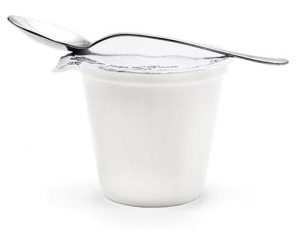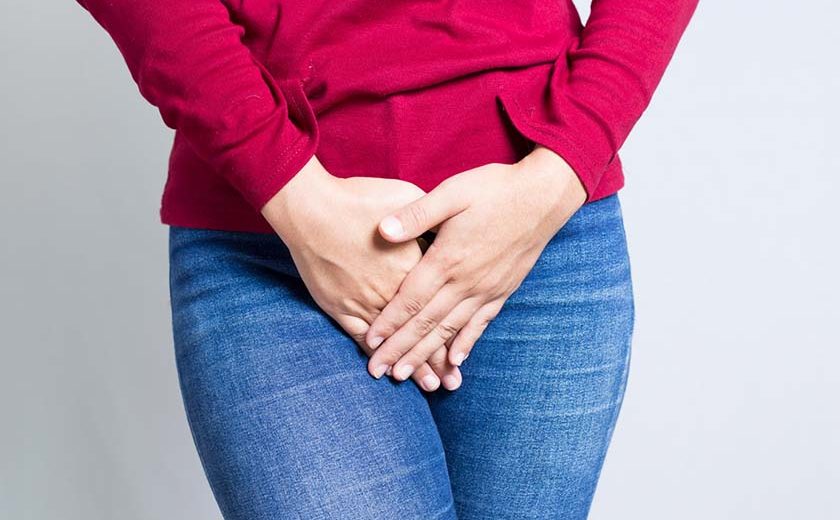It’s not easy being female – puberty brought along half a lifetime of monthly menses, punctuated with the pain of childbirth before the effects of menopause kick-in in the twilight years.
Womanhood is also plagued by infections to the reproductive system, particularly the vagina, due to its delicate and vulnerable nature. The most common discomforts that women face are itch, infection and discharge, all of which we will enlighten you on this issue.
Itch and infections
You know how crazy an itch can drive you and even worse so when you can’t reach that itch in public. Many causes of itch in the vaginal region are also accompanied by a burning sensation and irritation, to make things worse. The most common causes of vaginal itch, burning and irritation are:
- Yeast infection
As many as 3 out of every 4 women will encounter a yeast infection at some point of their lives, indicating that it is quite a common problem among females. Also known as vaginal candidiasis, a yeast infection occurs when the candida (yeast) starts multiplying excessively in the vagina and vulva. The yeast infection not only causes an itch but also the presence of a thick, white and cheesy discharge.
Sexual intercourse, pregnancy, consumption of antibiotics and the use of an estrogen-releasing contraceptive are all factors contributing to a yeast infection. Being ill with a weakened immune system and stress also causes one to be more susceptible to a yeast infection. The infection can be treated with an over-the-counter antifungal cream or tablets, both to be inserted into the vagina. There are also oral antifungal medications that would require a prescription to purchase. - Bacterial vaginosis
If you experience an itch, burning sensation or a greyish or yellowish discharge accompanied by a fishy odour, you probably have a case of bacterial vaginosis. Bacterial vaginosis accounts for 50% of all vaginitis cases and occurs when the amount of bad bacteria in the vagina exceeds the good ones. The cause of the bacterial imbalance has yet to be ascertained but doctors believe that intrauterine device (IUD), smoking, douching and having multiple sexual partners increase one’s risk of developing the condition. Bacterial vaginosis is diagnosed by taking a sample of the vaginal discharge and is treated with a course of antibiotics. - Sexually transmitted diseases (STDs)
Many sexually transmitted diseases (STD) cause itching and irritation in the vaginal region. Chlamydia, which affects men too, can be identified through other symptoms such as an abnormal strong-smelling discharge and painful periods, intercourse and urination. In some instances, there is even pain in the abdomen accompanied by a bout of fever. Trichomoniasis is an STD that displays symptoms to similar chlamydia. It is caused by a parasite transmitted during sexual intercourse from one person to another. There is pain during intercourse and urination too with an occasional pain in the abdomen but it is the greenish-yellow vaginal discharge that differentiates trichomoniasis from chlamydia. Gonorrhea is one of the more familiar-sounding STD. Caused by bacteria that can grow and multiply in the mucus membranes of the body, gonorrhea is prevalent due to the ability of the bacteria to survive in many areas of the body, including the cervix, uterus, fallopian tubes and urethra. The bacteria can even grow in the mouth, throat and anus, therefore making it even possible for a mother to transmit the infection to her child during childbirth. The most easily recognised symptom of gonorrhea is a greenish or yellowish vaginal discharge, conjunctivitis (red and itchy eyes) and swelling of the vulva. If the STD was transmitted via oral sex, there will be swollen glands in the throat as well as a burning sensation. Most STDs are treated with a course of oral antibiotics after the diagnosis has been done. Patients must refrain from all sexual activity during treatment of a sexually transmitted infection. - Menopause
This cause of vaginal itch is the least to worry about because it is a natural occurrence due to changes in the menopausal body. The lower levels of oestrogen in the body as a woman approaches menopause causes the vaginal walls to become drier and thinner, leading to irritation and itching. As the itch is not transmittable, the itch is known as non-infectious vaginitis. Those who breastfeed are also prone to vaginal itching as a result of thinner vaginal walls. - Chemical reaction
The cause of vaginal irritation may not be any infection or physiological changes after all, hence another form of non-infectious vaginitis. The genitalia are exposed to a myriad of chemicals present in the daily products used, such as condoms, soap, creams and douches. Even contact with clothing that bears some remnants of detergent and fabric softener can causes one’s genitalia to feel extremely irritated and sore.
EAT THE INFECTIONS AWAY
Your health is determined by what goes into your mouth. The right food can keep infections at bay while the wrong ones can destroy your health and body. Many wouldn’t have thought that a good diet can actually protect you from contracting a bothersome vaginal infection. Some food are probably already present in your daily diet, all you have to do is to make a little change in increasing your amount of consumption of the following:
 Yoghurt
Yoghurt
A favourite among weight-watchers, yoghurt does your v-zone good too. You can probably recall advertisements promoting a live culture drink that introduces good bacteria into your stomach. Yoghurt works the same way too by containing the good bacteria essential for vaginal health. These good bacteria are also responsible to combat the candida bacteria that cause yeast infections.- Garlic
Garlic has a reputation for being a fighter of coughs and cold. It is a natural antibiotic that wards off bacterial growth in the vagina and intestinal tract too, keeping the yeast bacteria away. - Vitamin C
Besides being a powerful ingredient for the immune system, vitamin C has a role in preventing yeast infections by creating an acidic environment in the vagina and intestines. Candida bacteria require an alkaline environment to grow and survive, therefore the acidic environment created is not conducive for the bacteria which will die soon after.
There are also food to be reduced in consumption especially if you have had a vaginal infection before. Food high in sugar can potentially increase the amount of bacteria in the intestinal tract which can lead to irritation and infection in the vaginal canal and outer vagina. It isn’t just sweet and sugary food to stay away from; bread, caffeine and vinegars have also been known to trigger an influx of candida bacteria.


